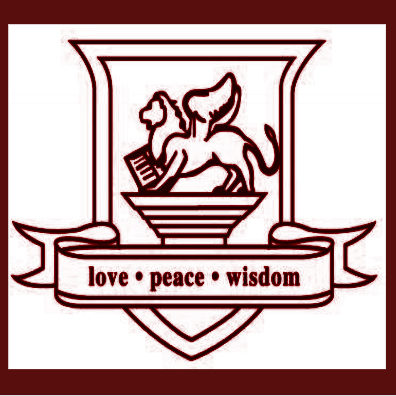February is Black Heritage Month. During Black Heritage Month and beyond, we highlight, honour and celebrate the legacy of Canadians of African ancestry, past and present. It is a wonderful and important time to learn about Canada’s rich Black History and culture. Canada’s theme for Black Heritage Month is: February and Forever: Celebrating Black History today and every day.
San Marco Catholic School – Black Heritage Month Prayer Service Acknowledging the contributions of Canadians of African ancestry is an essential part of any curriculum delivery throughout York Catholic’s programming. During Black Heritage Month in February, we highlight the legacy of Canadians of African ancestry, past and present. This is a time to celebrate the many achievements and contributions of people of African ancestry to the development and culture of the Church and of Canada. It is also an opportunity for the majority of Canadians to learn about the diverse stories and experiences of those of us who are Canadians of African ancestry. We are challenged to consider the vital role of Black Canadians in our history during this month and throughout the school year.
Black Heritage Month is one way in which we celebrate our shared story as the entire people of God and remind ourselves that being the Body of Christ means that we honour each person as a beloved member of our human family. During Black Heritage Month, and beyond, our Catholic schools have an important role to play in upholding the valuable contributions that Black Canadians have made to our shared story. On February 10th, our staff and students will gather together virtually as a community of faith to hold a special Black Heritage Month Prayer Service.
Black Heritage Month Student Presentations – February 18, 2022
Babarinde Williams is an award-winning motivational speaker, singer, percussionist, recording artist, trumpet and saxophone player, ethnomusicologist, music director, writer and Griot (African historian and story teller) who has been featured on Ted Talk and other academic forums. He was born in Nigeria, West Africa and has been playing drums as soon as he could walk. His most unforgettable experience was playing for Nelson Mandela in 1990 when he paid a visit to the University of Lagos, Nigeria.
On February 18th, we welcome Mr. Williams to San Marco for two virtual presentations.
“Tales By Moonlight” (Storytelling presentation) K-3
This is a simulation of the ancient African tradition of gathering children under the moonlight not only for the exercise of storytelling but also the cognitive exercise of solving riddles. This entertaining program uses the African cultural art of interactive Story Telling, Dance and Hand Drumming to teach, educate and motivate students. The audience participates actively in simple call and response songs, percussion and dance. We tell tales of Ananse, Ijapa and other characters. This is to give a kaleidoscopic view of Africa from the eyes of an African Child. It is also meant to explain the many reasons why things are as they are in our world.
“Black Canadian Heroes” (Chronicling the contributions of black Canadians in the development of our nation) Grades 4 – 8
The presentation “Black Canadian Heroes” chronicles the lives and times of Canadians of African descent. From the activities of Mathieu de Costa (the first recorded black person in Canada) to the heroic deeds of figures of the underground railroad, students will learn about the activities and contributions of black heroes like Josiah Henson (Uncle Tom) and Harriet Tubman (the woman called “Moses”), Black inventors and scientists like Elijah McCoy (from whom we got the phrase “the real McCoy”) and Dr. Anderson Ruffin Abbott (the first licensed Canadian-born black physician). The presentation will also discuss the contribution of war heroes like Richard Pierpont (the exceptionally brave black loyalist soldier) and William Hall (the first Black Canadian sailor as well as the first Black Canadian to receive the Victoria Cross). The labors of our heroes past should not be in vain.
Students are welcome to creatively improvise their own musical instruments (hand-drums, if they have any, percussions or other musical instruments) from household objects (ie. plastic container, box, large paper cup, aluminum foil pan, etc.) which student would have found and assembled in advance at home. (Desks can also be used as drumming instruments if students are unable to make their own instrument).
We look forward to these engaging, educational, musical and interactive programs!
